Deadly Dolls and a Forgotten Copyright Exception
Copyright Lately
SEPTEMBER 12, 2022
One of Deadly Doll’s popular designs is a cartoon image of a bikini-clad pin-up girl holding a skull: Deadly Doll’s original artwork. Deadly Doll has applied versions of its artwork to various products, including tops and sweatpants: Deadly Doll’s artwork as reproduced on useful articles. Vila’s Motion.

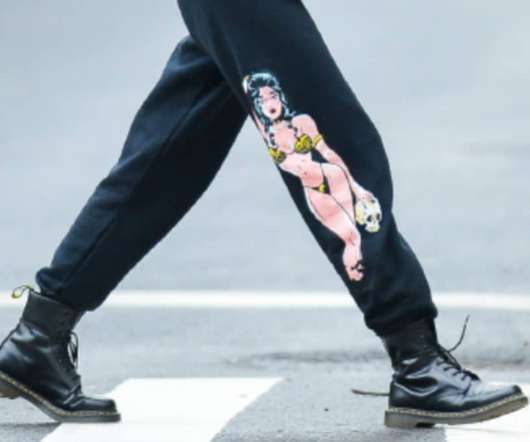

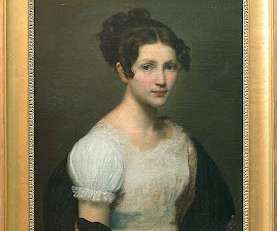


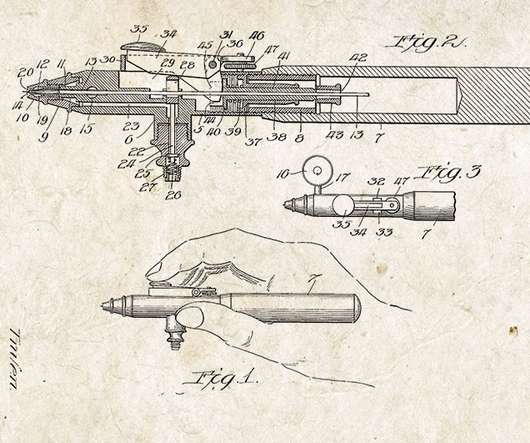
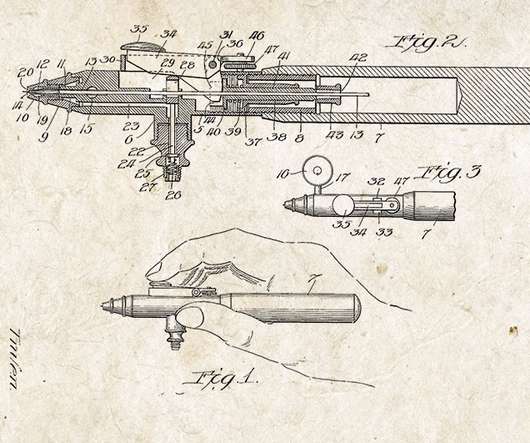

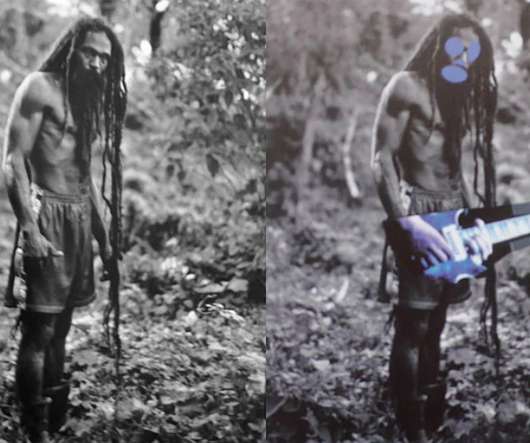

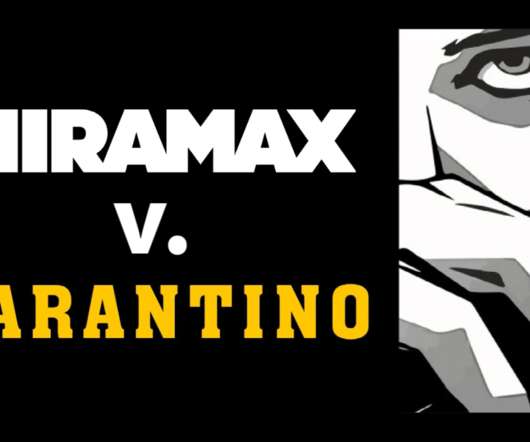






Let's personalize your content